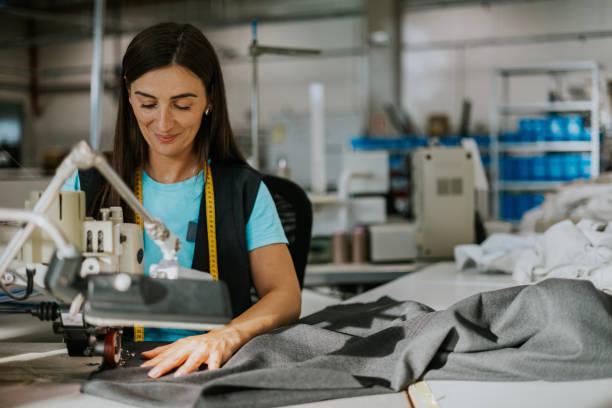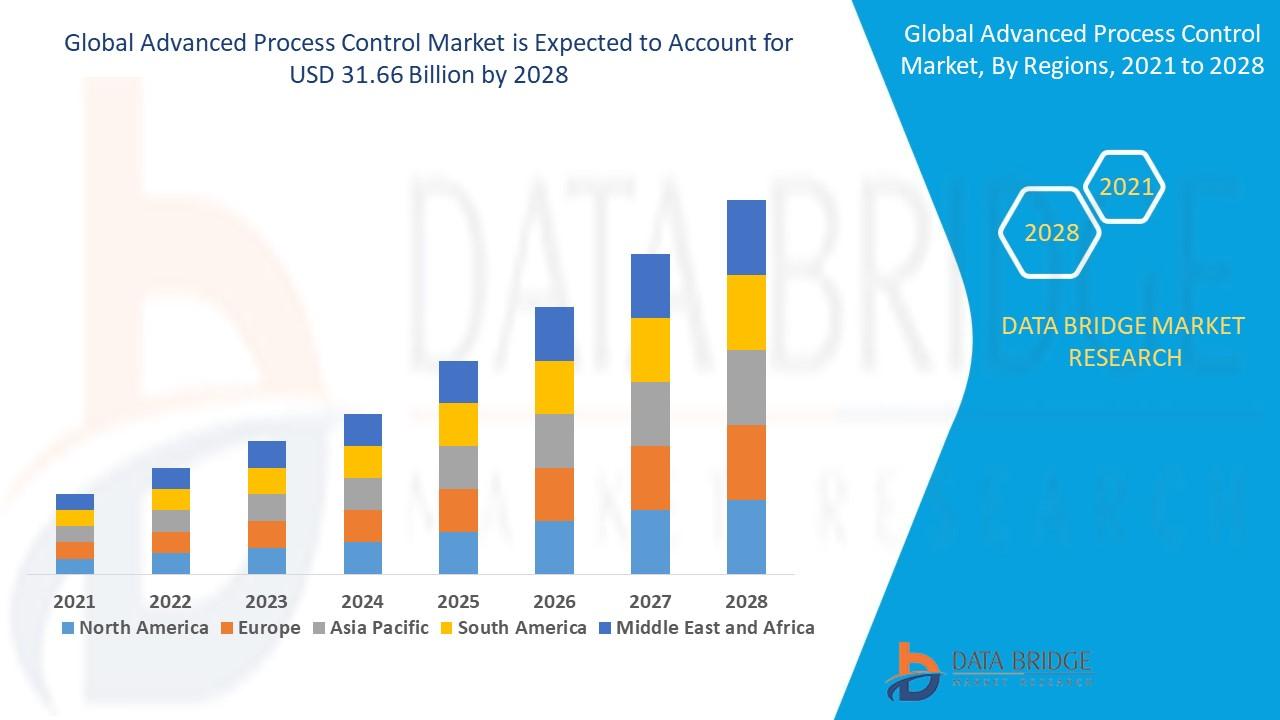Digitization for Embroidery: The Art and Technology Behind Perfect Stitching

Embroidery has always been a timeless art form. From ancient hand-stitched motifs to today’s advanced machine embroidery, it has continuously evolved while retaining its essence of creativity and craftsmanship. In the modern era, the process has taken a technological leap, thanks to digitization for embroidery. This innovation bridges the gap between creative designs and flawless stitching, making embroidery faster, more precise, and more versatile than ever before.
But what exactly does digitization for embroidery mean, and why is it such a vital part of today’s textile and fashion industries? Let’s dive deeper.
What Is Digitization for Embroidery?
At its core, digitization for embroidery is the process of converting artwork, logos, or custom designs into a digital format that embroidery machines can read and stitch. This process is known as Embroidery Digitizing, and it’s not as simple as scanning an image. Instead, it involves carefully mapping out every stitch, direction, density, and sequence to ensure the design translates beautifully onto fabric.
Think of it like this: a graphic designer creates a stunning logo, but for that logo to be embroidered on a cap, jacket, or bag, it needs to be reinterpreted in a language embroidery machines understand. That’s exactly what digitizing does—it transforms visuals into stitches.
Why Is Embroidery Digitizing So Important?
Professional Embroidery Digitizing makes all the difference in how your final embroidered product looks. Without accurate digitization, even the most beautiful design can end up looking distorted, misaligned, or sloppy.
Here’s why it matters:
-
Accuracy in Design Translation
Digitizing ensures that every detail, from curves to lines, is replicated with precision on fabric. -
Consistency Across Products
Whether you’re stitching one item or a thousand, proper digitization guarantees uniform results. -
Adaptability for Different Fabrics
A design digitized for embroidery on a t-shirt may not work the same way on a cap or leather bag. Professional digitizers adjust stitch types and densities according to fabric needs. -
Efficiency in Production
With high-quality digitizing, embroidery machines run smoothly, reducing thread breaks, mis-stitches, and wasted materials.
The Human Touch Behind the Technology
While embroidery machines are highly advanced, digitization for embroidery is still very much an art. Skilled digitizers play a crucial role in bringing designs to life. They make decisions about stitch types (satin, fill, or run stitches), choose stitch directions for depth and texture, and adjust densities to avoid puckering or gaps.
In other words, digitizers act as translators—interpreting a flat design into a stitched masterpiece with personality and dimension.
Applications of Embroidery Digitizing
The applications of digitization for embroidery are endless. Businesses, fashion brands, sports teams, and even individuals rely on it for:
-
Custom Apparel: T-shirts, hoodies, and jackets with branded embroidery.
-
Caps and Hats: Precision embroidery for company logos and team emblems.
-
Corporate Branding: Uniforms and promotional items with embroidered logos.
-
Fashion and Couture: Intricate embroidery patterns on dresses and luxury garments.
-
Home Décor: Embroidered cushions, curtains, and linens.
No matter the purpose, embroidery digitizing ensures every design looks sharp and professional.
How to Choose the Right Digitizing Service
With the growing demand for embroidered products, many businesses now offer digitizing services. But not all digitizers are equal. Here’s what you should look for:
-
Experience and Portfolio – A proven track record in creating quality embroidery files.
-
Understanding of Fabrics – Knowledge of how different fabrics react to stitches.
-
Quick Turnaround Time – Fast yet accurate digitization for urgent projects.
-
Customer Support – A digitizer who communicates and makes adjustments when needed.
The Future of Embroidery Digitizing
As technology continues to advance, digitization for embroidery is becoming smarter and more efficient. AI-assisted software, faster machines, and cloud-based design sharing are making it easier than ever to bring custom embroidery projects to life.
Still, the creative judgment and skill of human digitizers remain irreplaceable. After all, embroidery is not just about stitches—it’s about storytelling, identity, and art.
Final Thoughts
Embroidery has come a long way, but its essence hasn’t changed—it’s still about turning ideas into tangible beauty. Thanks to Embroidery Digitizing, businesses and individuals can now create high-quality embroidered products that truly stand out.
Whether you’re a fashion brand, a small business, or someone looking to personalize clothing and accessories, digitization for embroidery is the key to precision, durability, and unmatched quality.







